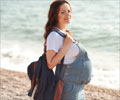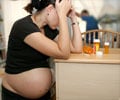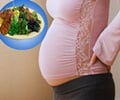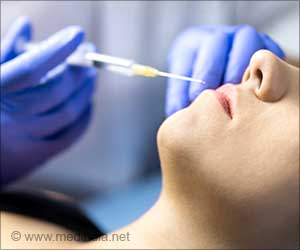Beauty products like nail polish and hair dye may increase harmful polyfluoroalkyl substances (PFAS) levels during pregnancy- are they worth the risk?
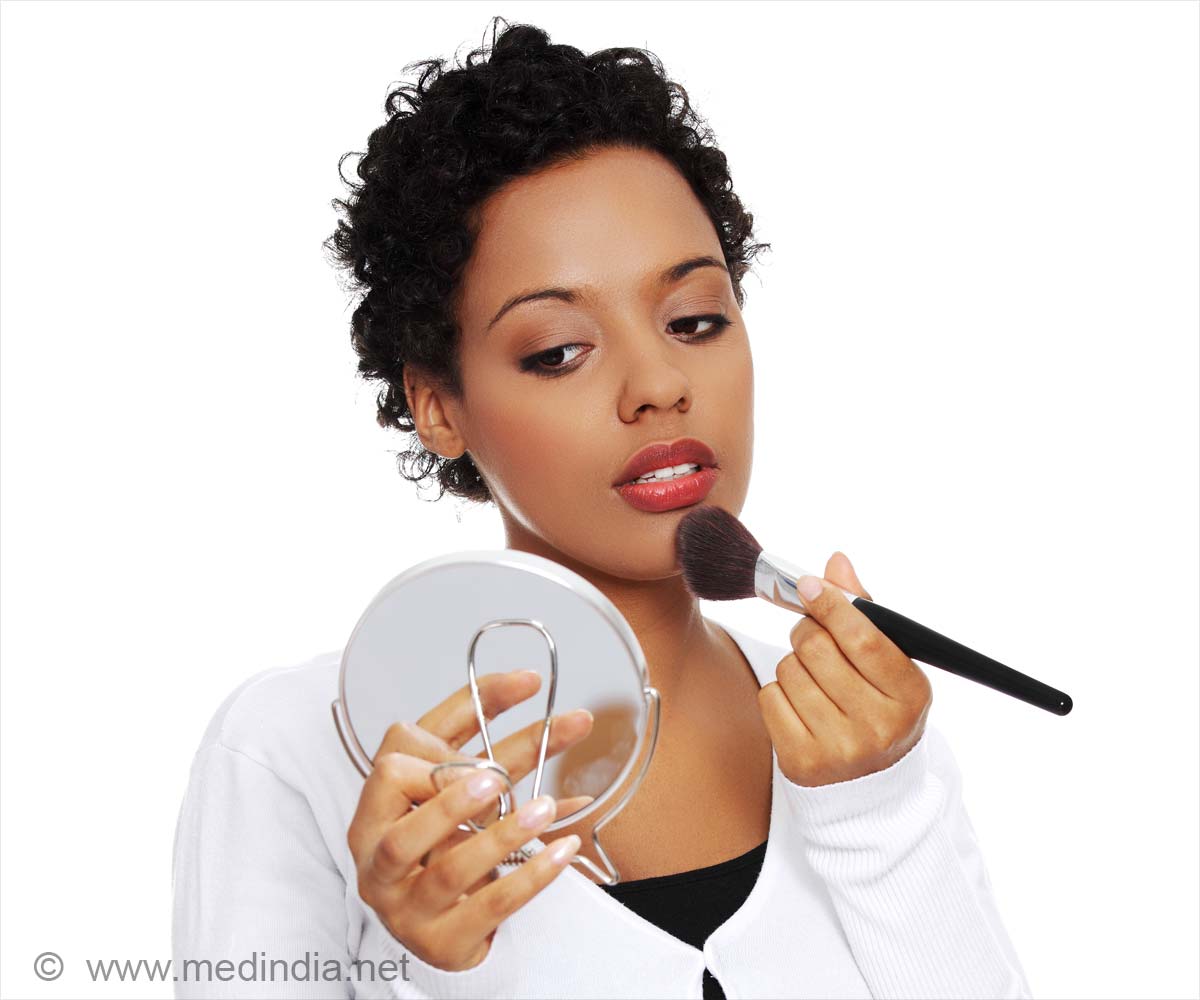
- Pregnant women using nail polish, makeup, and hair dye show significantly higher PFAS levels in blood and breast milk
- Elevated polyfluoroalkyl substances (PFAS) exposure during pregnancy is linked to risks like low birth weight, preterm birth, and developmental issues in children
- Reducing the use of certain personal care products during pregnancy could lower PFAS exposure, potentially protecting maternal and child health
Personal care product use and per- and polyfluoroalkyl substances in pregnant and lactating people in the Maternal-Infant Research on Environmental Chemicals study
Go to source).
Using everyday beauty products like nail polish and makeup during pregnancy can increase polyfluoroalkyl substances (PFAS) levels in your body- these chemicals have been linked to serious health risks! #maternalhealth #pfasawareness #medindia’
Is it Okay to Use Nail Polish, Makeup or Hair Dye During Pregnancy or While Breastfeeding?
The study, published in Environment International, discovered that using personal care products such as nail polish, makeup, and hair dye while pregnant or breastfeeding results in considerably greater amounts of per- and polyfluoroalkyl substances (PFAS) in blood plasma and breast milk."While PFAS are ubiquitous in the environment, our study indicates that personal care products are a modifiable source of PFAS," said Amber Hall, a postdoctoral research associate in epidemiology at Brown University's School of Public Health. "People who are concerned about their level of exposure to these chemicals during pregnancy or while breastfeeding may benefit from cutting back on personal care products during those times."
What are Polyfluoroalkyl Substances (PFAS)?
PFAS are synthetic compounds that have been utilized in consumer and industrial products since the 1950s due to their ability to withstand oil, water, and high temperatures. According to the study, PFAS have been linked to a variety of negative health impacts, including liver disease, cardiometabolic and cardiovascular disorders, and cancer."While some studies have directly found these chemicals in personal care items, few have investigated whether using these products has an influence on internal PFAS quantities," Hall added.
Negative Effects of PFAS Exposure During Pregnancy
This is significant, she continued, because PFAS exposure during pregnancy may contribute to unfavorable birth outcomes such as low birth weight, premature birth, some neurodevelopmental abnormalities, and a reduced immunization response in children.Hall headed a research team that reviewed data from the Maternal-Infant Research on Environmental Chemicals Study, which enrolled 2,001 pregnant women from ten cities throughout Canada between 2008 and 2011. The researchers assessed the impact of personal care product use on PFAS concentrations in prenatal plasma (six to 13 weeks gestation) and human milk (two to 10 weeks postpartum). Participants reported using eight product categories on a regular basis during the first and third trimesters of pregnancy, one to two days after birth, and two to ten weeks after birth.
Using Make-up or Hair Dye During Pregnancy Increases PFAS Levels in Blood Plasma and Breastmilk
Researchers discovered that higher usage of nail care products, scents, makeup, hair colors, and hair sprays or gels was associated with higher plasma PFAS concentrations in pregnant women in their first trimester. Similar results were found for third-trimester personal care product use and breastmilk PFAS concentrations two to ten weeks postpartum.For example, participants who wore makeup every day during the first and third trimesters had 14% and 17% higher plasma and breastmilk PFAS contents, respectively, than those who did not use makeup every day. Furthermore, the researchers discovered that people who used colored-permanent dye one to two days after giving birth had higher PFAS levels in their milk (16% to 18% greater than those who did not use it).
Hall pointed out that the study only looked at four forms of PFAS out of thousands used in industry and commerce. According to her, the study most likely underestimated the level of PFAS exposure from these products during pregnancy.
Hall collaborated on the study with Joseph Braun, a professor of epidemiology and director of children's environmental health at Brown University who has been researching the health impacts of PFAS for more than a decade. Braun noted that future studies on how the use of personal care products affects PFAS exposure should take into account variables in product type, timing and frequency of use, and product formulation. According to him, this type of research can help individuals make informed decisions and inform PFAS regulations.
"Not only do studies like these help people assess how their product choices may affect their personal risk, but they can also help us show how these products could have population-level effects," Braun told me. "And that makes the case for product regulation and government action, so that we can remove some of the burden from individuals."
Reference:
- Personal care product use and per- and polyfluoroalkyl substances in pregnant and lactating people in the Maternal-Infant Research on Environmental Chemicals study - (https://www.sciencedirect.com/science/article/pii/S0160412024006809?via%3Dihub)
Source-Medindia


